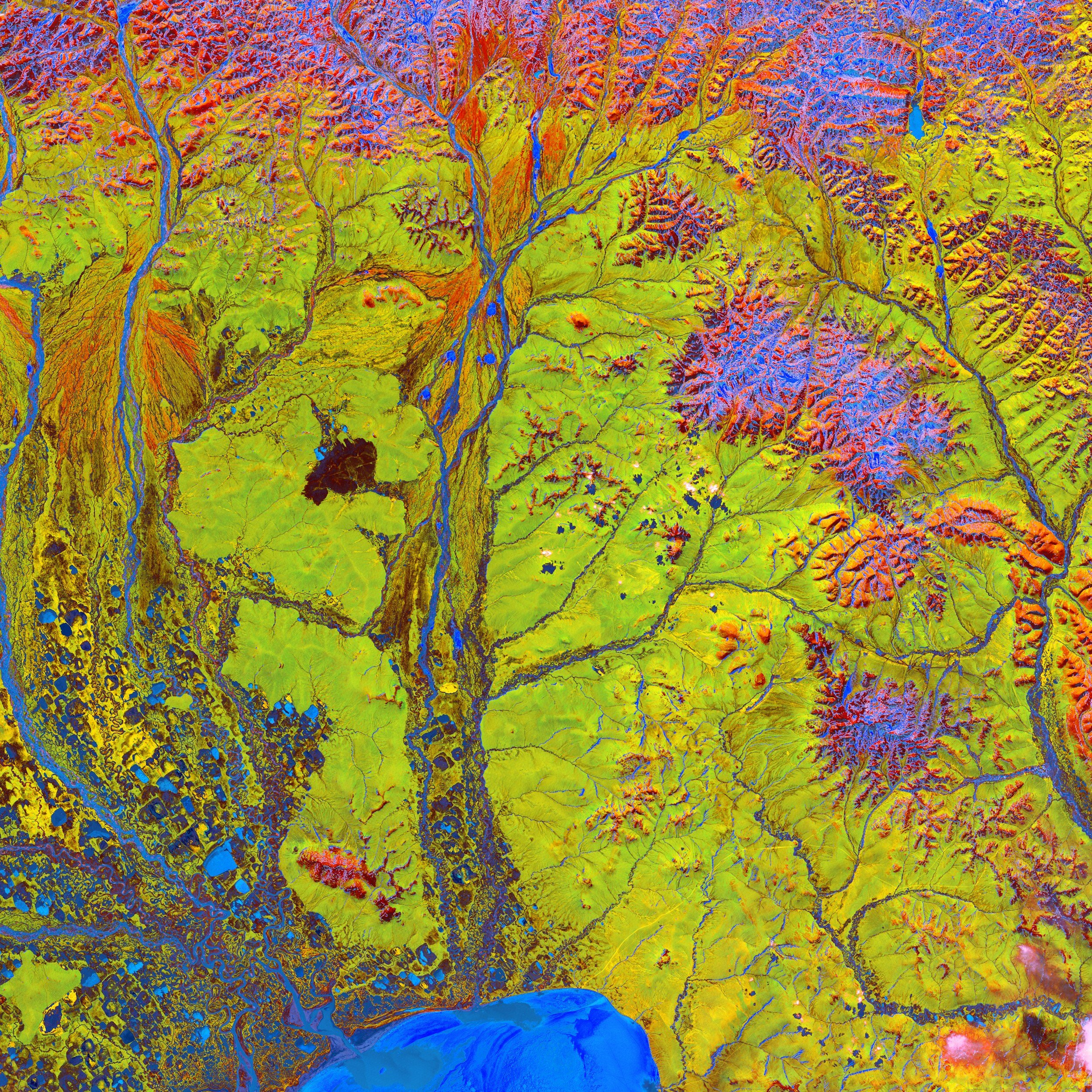Exploring Global REDD+ Monitoring Strategies and their Limits
REDD+, developed by the United Nations Framework Convention on Climate Change (UNFCCC), is a transformative initiative aimed at Reducing Emissions from Deforestation and Forest Degradation, while also including activities like conservation, sustainable forest management, and enhancement of forest carbon stocks. Let’s examine REDD+’s monitoring methods and the problematics that arose while implementing them.
Originating in 2005 with a submission by Papua New Guinea and Costa Rica in the name of The Coalition for Rainforest Nations, this global initiative addresses climate change by curbing emissions linked to deforestation and forest degradation. Deforestation not only diminishes the vital role of forests as carbon sinks but also leads to the release of stored carbon into the atmosphere.
Key Issues Addressed by REDD+
The loss of forests, pivotal for carbon absorption, significantly contributes to greenhouse gas emissions, exacerbating climate change. The emissions primarily result from the release of stored carbon dioxide (CO2) and other greenhouses in trees and vegetation. Processes include biomass burning, decomposition, soil disturbance, loss of carbon sequestration, and peatland drainage. Understanding these processes is crucial for devising effective strategies to mitigate the impact of deforestation on atmospheric carbon levels.
A Global Overview of REDD+ Monitoring Methods:
Satellite-Based Monitoring: Utilizes remote sensing satellites like MODIS and Landsat for broad-scale overviews and timely response to deforestation hotspots. The advantage lies in the ability to capture comprehensive data, identify trends, and respond swiftly to emerging issues.
Ground-Based Monitoring: Involves field surveys and direct observations for detailed, localized information. Field measurements provide a more in-depth understanding of specific areas, especially in complex terrains where satellites may lack resolution. For instance, using camera traps allows capturing ground imagery. Mathilde Leclerc, one of our PO at Natural Solutions, wrote her dissertation on camera traps data management.
Community-Based Monitoring: Integrates traditional knowledge and community engagement for accurate data and socio-economic inclusion. Local communities actively participate in monitoring and reporting deforestation activities, contributing unique insights and fostering a sense of ownership in conservation efforts. Why not let your local community connect with nature and report to you in an appealing and playful way thanks to our bioacoustic solution?
GIS (Geographic Information System) and Remote Sensing: Employs advanced GIS tools for detailed mapping and trend analysis. The combination of satellite imagery and geospatial data enhances the accuracy of deforestation mapping, aids in trend analysis, and supports the development of conservation strategies.
Carbon Stock Assessment: Utilizes LiDAR and field-based measurements to estimate emissions and support carbon accounting. These advanced technologies provide crucial information for understanding the amount of carbon stored in forests, aiding in the development of effective emission reduction strategies. We give you a more indepth comprehension of how to use lidar for forest inventory in this article.
GFW (Global Forest Watch): Online platforms aggregating satellite data for real-time global forest cover tracking. GFW offers a user-friendly interface for policymakers, researchers, and the public to monitor deforestation trends and take informed actions.
Epistemological Limits
to REDD+ Projects Have Emerged:
While the program is designed to prevent the release of carbon stored in forests, the narrow focus on carbon-centric metrics may neglect the intricate web of ecological processes that contribute to biodiversity. In some instances, REDD+ projects have inadvertently fostered land-use changes that deviate from natural biodiversity patterns. Afforestation or reforestation efforts, aimed at maximizing carbon sequestration, might introduce monoculture practices or prioritize specific tree species, disregarding the diverse ecosystems that naturally thrive in a given region. This can lead to habitat fragmentation, disrupting the interconnectedness crucial for biodiversity conservation. The risk lies in the unintentional promotion of land-use practices that prioritize carbon-centric goals over the preservation of natural biodiversity, highlighting the need for a more holistic approach that integrates both environmental objectives seamlessly.
Furthermore, if boosting agricultural productivity is crucial for long-term forest conservation, simply increasing yields isn't the solution. The complex relationship between farming practices and tropical deforestation requires careful consideration. REDD+ could incentivize a strategic agricultural approach. Areas unsuitable for farming might find economic advantages in preserving forests and receiving REDD+ benefits, creating a win-win situation.
On an ethical level, Redd+ has been criticized on safeguarding Indigenous Rights. While community-based monitoring holds immense potential, it must navigate issues related to indigenous rights, land tenure, and cultural considerations. Ensuring fair and respectful participation becomes crucial to the success of such initiatives. Community-based monitoring fosters engagement and empowerment, promoting sustainable practices and social equity. Scientific collaboration with local communities illustrates how community-based monitoring enhances not only data accuracy but also sustainable practices.
In conclusion
As we navigate the complexities of REDD+ programs, we ought to address the associated risks for biodiversity and indigenous populations. The emphasis on carbon-centric metrics within REDD+ raises concerns about potential biodiversity loss, especially when land-use changes are not aligned with natural biodiversity patterns. Furthermore, safeguarding the rights and well-being of indigenous communities is paramount, considering the historical and ongoing challenges they face. As forestry and conservation professionals, along with climate change experts, we must embrace these diverse monitoring strategies while acknowledging and actively mitigating the potential negative impacts on biodiversity and indigenous rights. While challenges persist, our collective commitment to overcoming these obstacles ensures a sustainable future for our planet, where biodiversity thrives, and the rights of indigenous populations are respected and protected. The journey towards comprehensive REDD+ monitoring is not just a scientific endeavor but a shared responsibility towards safeguarding the biodiversity and well-being of our global ecosystem.














